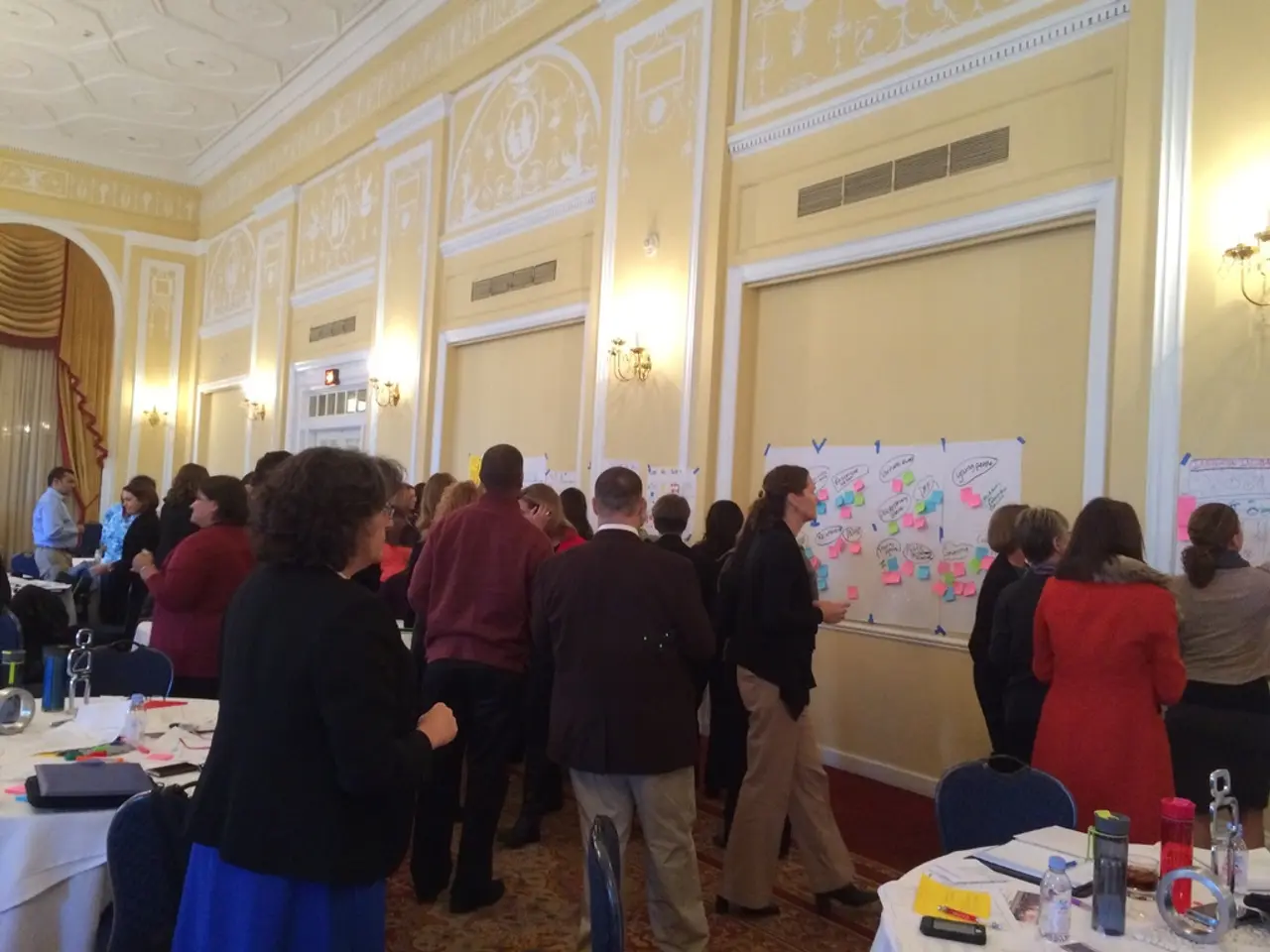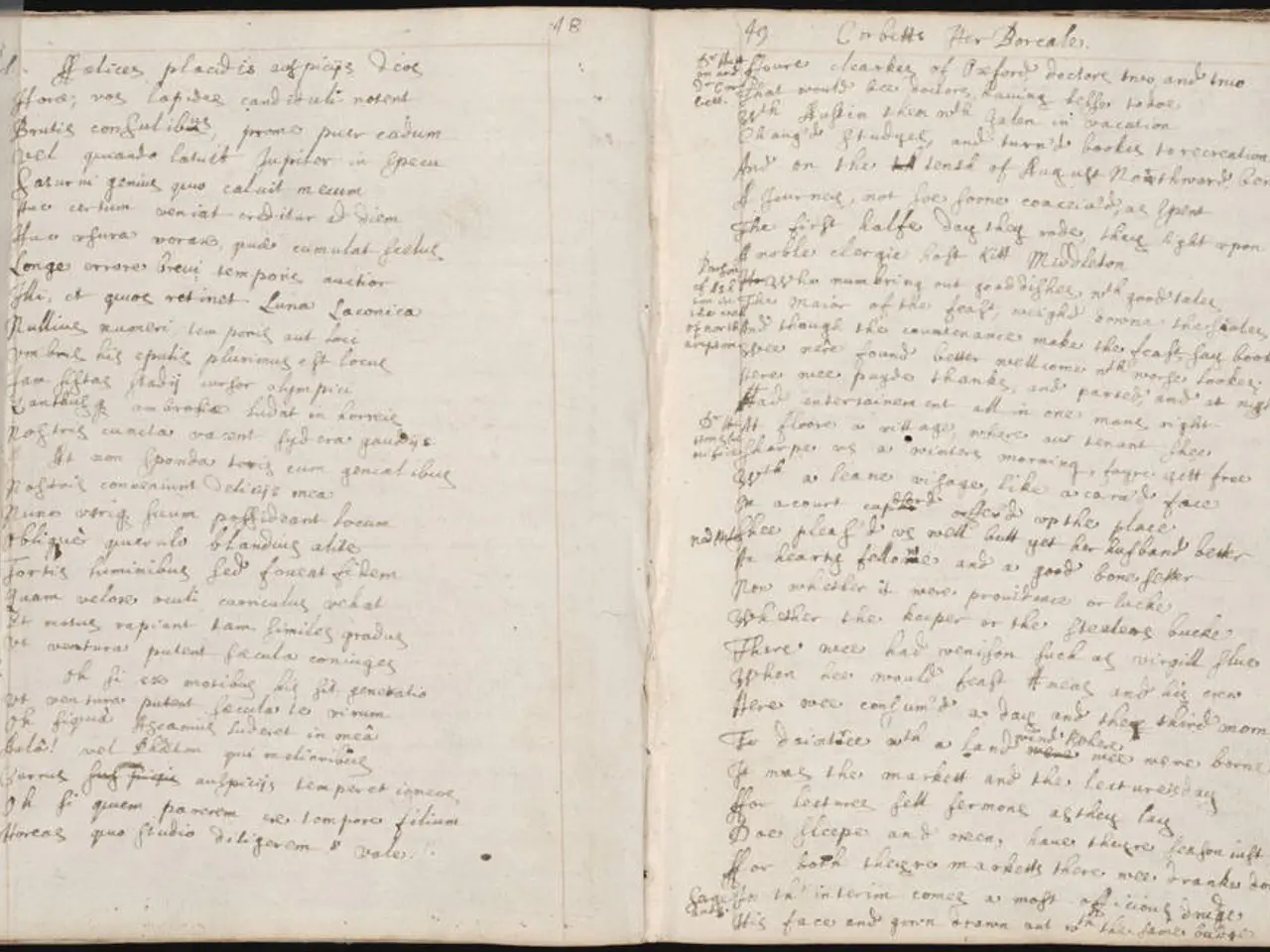Examining Education via Mistakes at Museo dei Bambini
In the world of education, failure is often seen as a setback. However, a renowned psychologist named Carol Dweck has shown that praising effort over outcome can encourage children to view failure as a natural part of learning [1]. This perspective is beautifully embodied in children's museums, innovative learning spaces that are transforming the way children approach challenges and learn from failures.
Unlike traditional schools, children's museums are low-stakes, high-choice environments. They offer a multisensory and hands-on experience, supporting learning across developmental stages and styles [2]. Here, children can launch paper and foam shapes into a vertical air stream at the Wind Tunnel exhibit, learning physics principles firsthand through feedback from failure. They can also construct ramps and test different heights, angles, and surfaces at Ball Ramps, learning about force and motion through repeated failures.
Failure in children's museums is safe, shared, and surrounded by curiosity, not shame. Mistakes are welcomed as learning moments, not minimized or dismissed. This approach fosters resilience, grit, and perseverance, key predictors of success in adulthood [1]. Children build adaptive responses to stress through manageable challenges that include small failures and recoveries.
Museum staff recognise when a child is in the "sweet spot" of challenge, where they are stretched but not overwhelmed, for real learning to occur. In a children's museum setting, adults ask guiding questions to turn frustration into reflection and shift the focus from winning to wondering. For instance, the Kinetic Jams exhibit teaches children about systems and what happens when they don't work, while the Domino Drop exhibit encourages persistence and deep thinking.
Productive failure, the deliberate creation of situations where learners can experiment, make mistakes, and refine their understanding, is valuable in learning because it creates a safe environment for experimentation [1]. This process enhances deeper cognitive engagement by encouraging problem-solving through trial and error, fostering resilience, and developing expert-level thinking through iterative feedback loops [1][3].
Cause & Effect is an open-ended space where children build complex chain reactions, learning through troubleshooting and adapting. This approach taps into children’s natural preference for toys or tasks that defy expectations, thereby igniting curiosity and encouraging exploration [3]. By embracing this uncertainty, children museums foster situational interest and learning motivation through hands-on, trial-and-error experiences built into the exhibits.
The lessons of the museum don't have to end at the exit. Parents and caregivers can continue to support failure as a learning opportunity at home. They can encourage healthy risk-taking and learning from failure by valuing the process over the product, asking reflective questions when something goes wrong, sharing their own mistakes, and creating time and space for open-ended play without specific goals.
In conclusion, children’s museums offer environments where failure is celebrated as a key ingredient in learning. By designing exhibits that promote experimentation, curiosity, and iterative problem-solving in a safe, engaging environment, they are fostering a new generation of resilient, adaptable, and innovative thinkers.
- In Puglia, a home-and-garden museum for children could be established, embodying the principles of the renowned children's museums that foster resilience, grit, and perseverance.
- Encouraging learning and self-development at home, parents can create a home-and-garden setup similar to a children's museum, transforming the lifestyle into a safe space for experimentation and learning from failures.
- To extend the educational benefits of a children's museum visit, parents can incorporate elements of productive failure in their children's education-and-self-development focus, such as welcoming mistakes as learning moments and stimulating curiosity through trial-and-error experiences.




